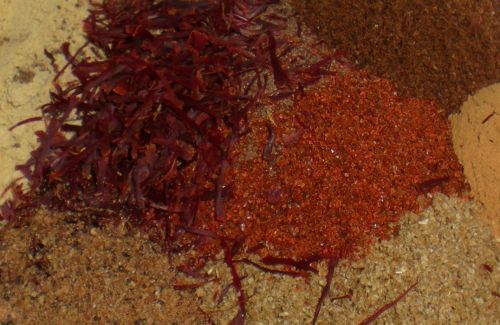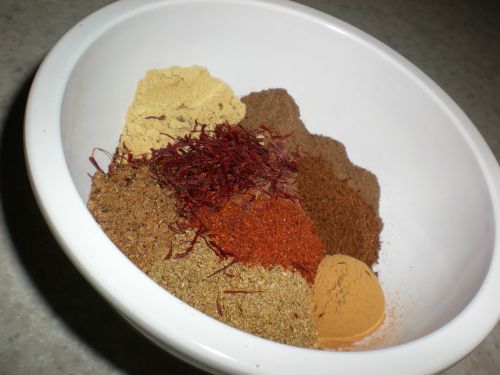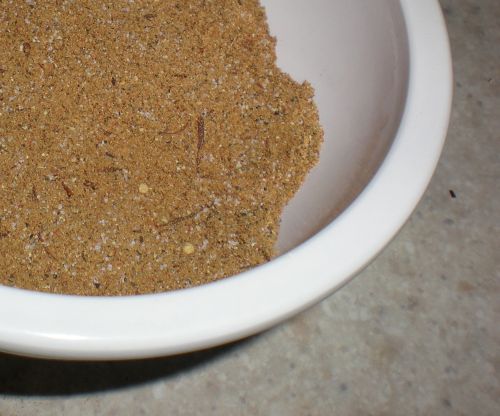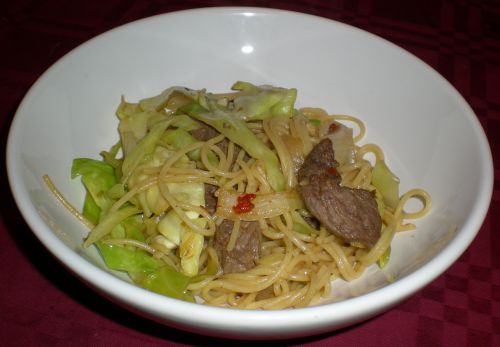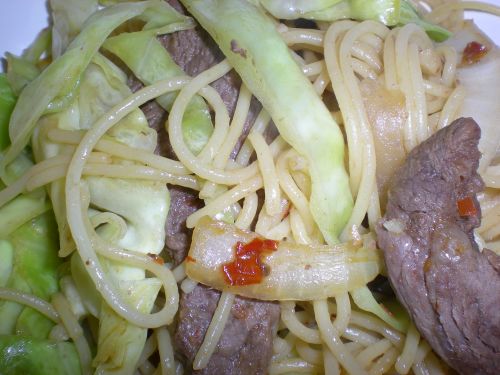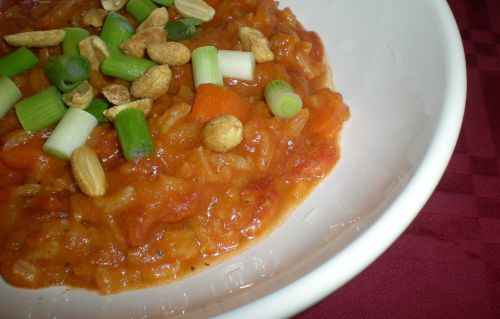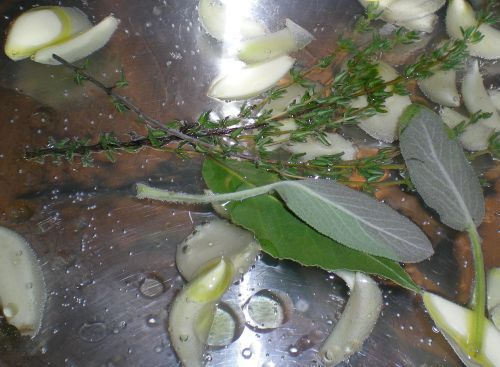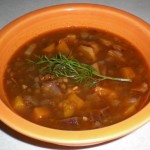Ras el Hanout
Ras el Hanout is spice mixture hailing from Morocco whose name literally translates to “head of the shop.” It is known to be the best spice mixture a merchant or vendor has to offer. Some varieties can contain up to 27 spices, though this recipe is not quite that ambitious. From Cooking Light magazine, this combination of 12 ingredients creates a smokey, spicy, yet subtly sweet mixture perfect for flavoring grains and vegetables.
Above: Yes, that is about $5 worth of saffron.
Be prepared to part with a large amount of your spices, particularly if you do not buy in bulk. This recipe calls for saffron, which basically wiped out my supply. If saffron is a bit too rich for your blood, turmeric would be the best substitute, though nothing really compares to saffron’s unique bitter taste. I added my own touch with a pinch of cardamon, which is my favor spice. If you would like to dial down the heat, reduce the red pepper to 1/2 teaspoon and add 1/2 teaspoon smoked or sweet paprika.
Ras el Hanout
adapted from Cooking Light
2 1/2 tsp sea salt
2 tsp ground cumin
2 tsp ground ginger
2 tsp freshly ground black pepper
1 1/2 tsp ground cinnamon
1 tsp ground coriander
1 tsp ground red pepper
1 tsp ground allspice
1 tsp saffron threads, crushed
1/2 tsp ground cardamon
1/2 tsp ground cloves
1/4 tsp ground nutmeg
Combine all ingredients in a small bowl. Store in an airtight container in a cool, dry place. Spice mixture should last about 1 month.
To use: add about 1 teaspoon to rice, couscous, roasted vegetables, or other vegetarian cuisine.
Above: The warmth and scent of all these spices combined is practically intoxicating. It makes my kitchen feel far more exotic.
Above: Be sure to mix thoroughly, avoiding clumps of any one spice.
